Author – WIN Foundation
WIN Foundation’s vision is to support innovations for sustainable social impact in
(i) water and sanitation and
(ii) mother and child health.
In this, sanitation is a critical link connecting water supply, waste management and health.
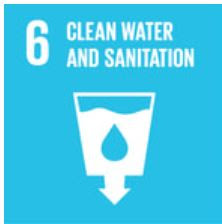 Lack of proper public sanitation infrastructure leads to:
Lack of proper public sanitation infrastructure leads to:
- Contamination and pollution in Water sources like lakes, wells, rivers, groundwater aquifers
- Poor drainage, in turn leading to stagnant water on ground, blocked / overflowing drainage, leading to water borne diseases, particularly in monsoon.
- Unhealthy work conditions for sanitation workers, particularly for those involved in cleaning septic tanks, sewage lines etc.
In addition to above, poor home sanitation like lack of toilets or unclean or broken toilets in poor or lower middle class communities lead to lack of personal hygiene and diseases. This affects women and children even more.
WIN Foundation projects improve sanitation directly or indirectly. We have supported innovations like disabled friendly toilet attachments, water saving toilet technologies and robotic septic tank cleaning systems.
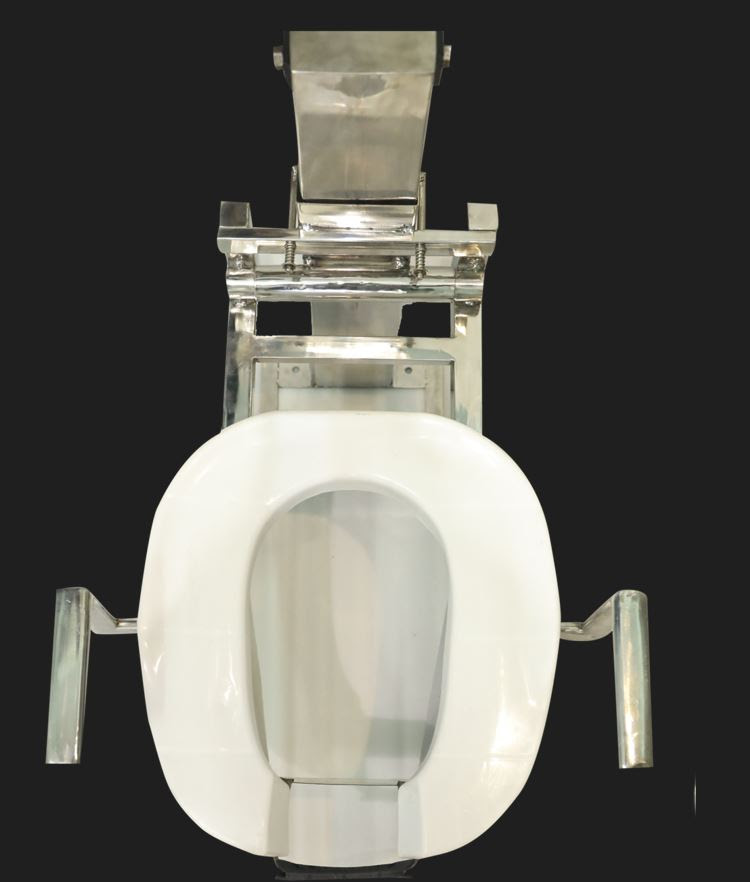 i) Disabled friendly toilet attachment improves access to toilets for the vast population with physical disabilities, thus increasing their usage. WIN Foundation supported Oston Technology in initial stage trials in field. Now these products are being adopted in greater numbers.
i) Disabled friendly toilet attachment improves access to toilets for the vast population with physical disabilities, thus increasing their usage. WIN Foundation supported Oston Technology in initial stage trials in field. Now these products are being adopted in greater numbers.
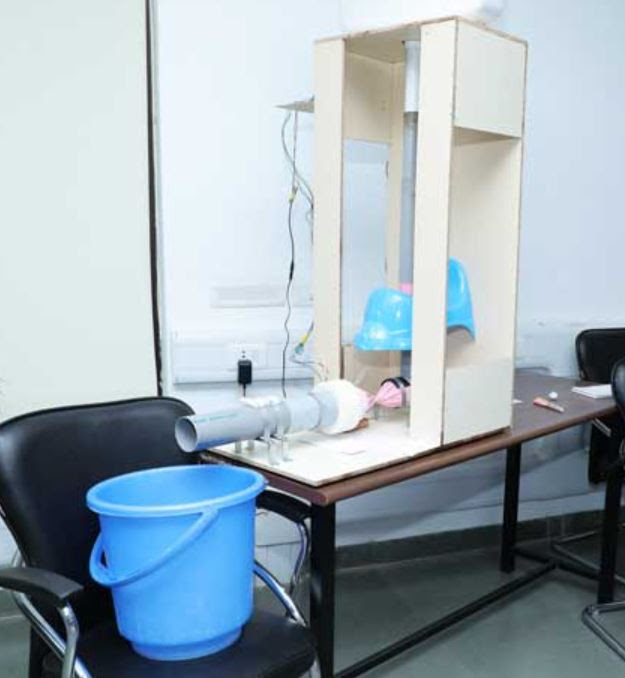 ii) Water saving in flush toilets using hyperboloid technology developed by students from PSG College of Technology, Coimbatore, was the 1st prize award winner in the national Vishwakarma Innovation competition, jointly organized by Maker Bhavan Foundation and WIN Foundation. Toilet flushing requires a lot of water and this innovation can cut it down by about 70%.
ii) Water saving in flush toilets using hyperboloid technology developed by students from PSG College of Technology, Coimbatore, was the 1st prize award winner in the national Vishwakarma Innovation competition, jointly organized by Maker Bhavan Foundation and WIN Foundation. Toilet flushing requires a lot of water and this innovation can cut it down by about 70%.
iii) Septic Tank cleaning robotic system tackles the vicious problem of unhealthy, dangerous and undignified practice of manual cleaning of septic tanks. It also enables sanitation workers an avenue for sustainable microentrepreneurship. Our continuing support to Solinas, the startup manufacturing septic tank cleaning robotic system, originally developed at IIT Madras, aims at greater adoption of this technology by sanitation workers.
Our water conservation projects involving ground water recharge and roof rainwater harvesting, while primarily aimed at conserving water, also provides an indirect but significant benefit of reducing water stagnation on ground, thereby reducing the clogging and overflow of storm water drains. WIN Foundation supports water conservation through participatory approach, which involves training and empowering village youth to implement water security projects in their villages. This ensures greater sustainability and knowledge based livelihoods.

WIN Foundation continues to look to support adoption of more innovations at grass root levels, through a multi-stakeholder approach involving institutions, startups, NGOs and other ecosystems players
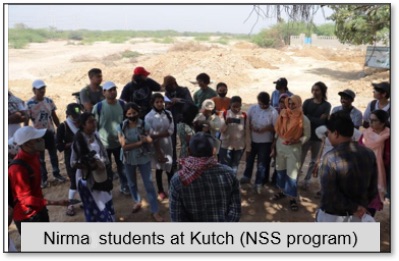 Help them see parts of diverse communities, lifestyle, constraints – which they may not have seen in their own life earlier.
Help them see parts of diverse communities, lifestyle, constraints – which they may not have seen in their own life earlier.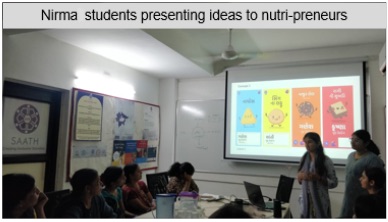 Get new ideas including new technologies, management processes, IT applications etc.
Get new ideas including new technologies, management processes, IT applications etc.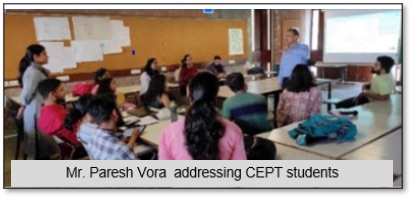 It helps to transfer expert knowledge and technology to the field implementers.
It helps to transfer expert knowledge and technology to the field implementers.
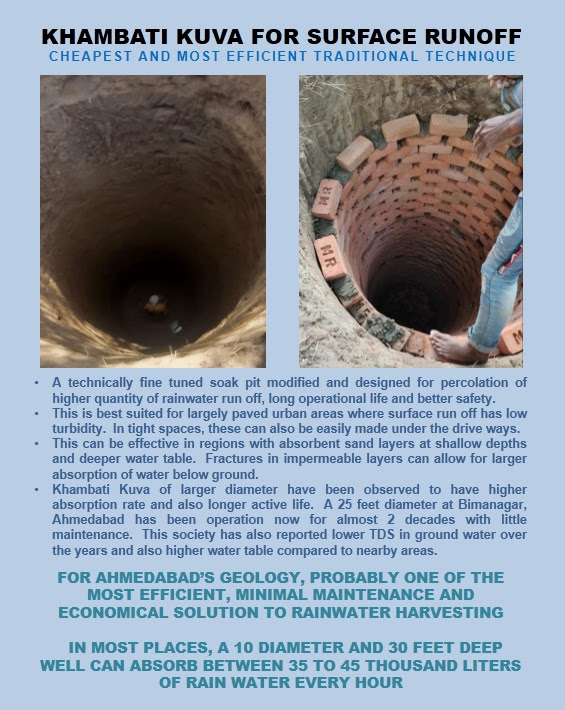
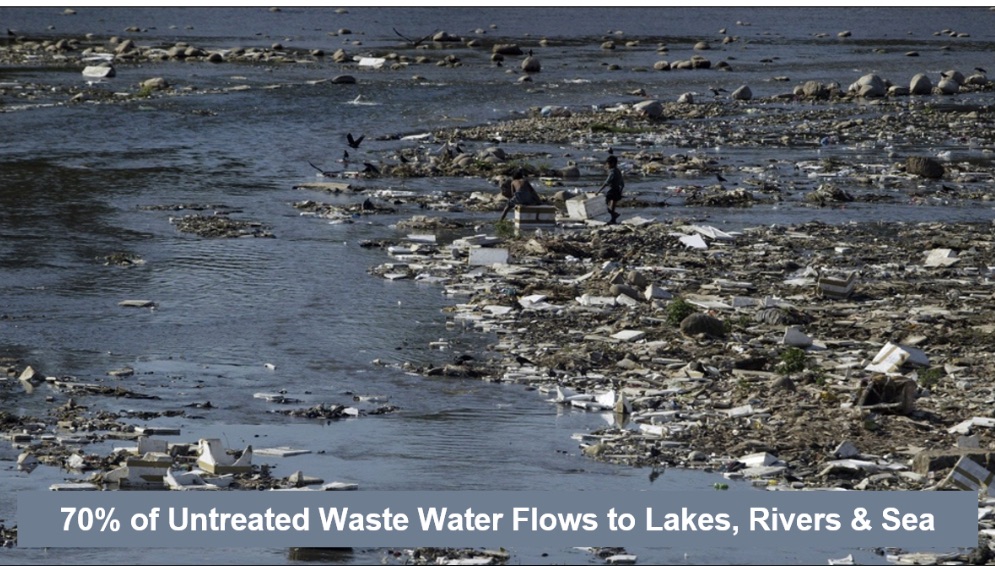
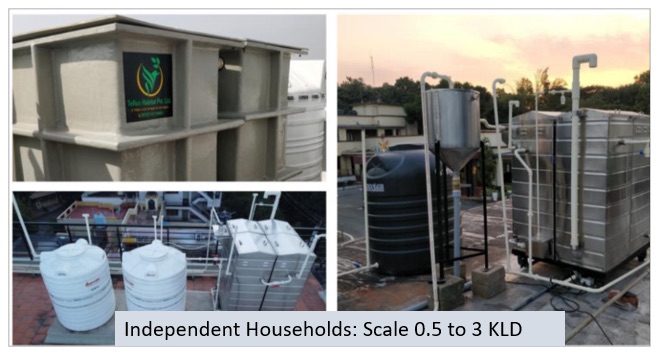
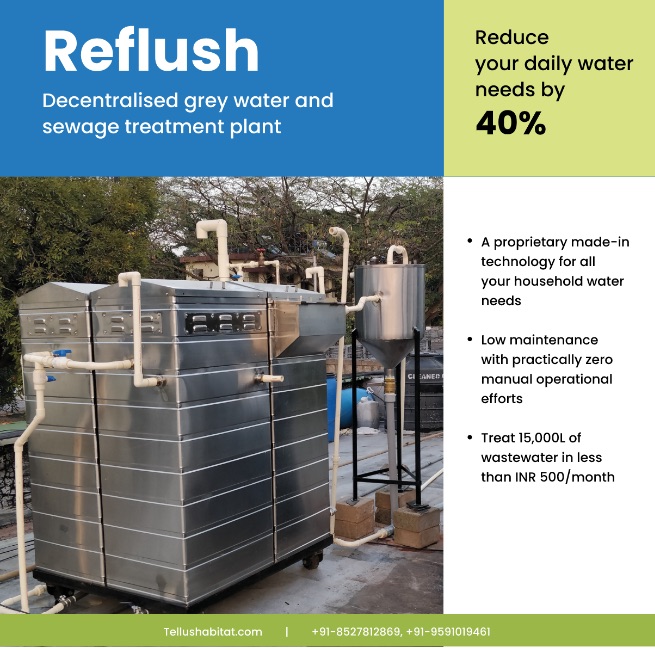
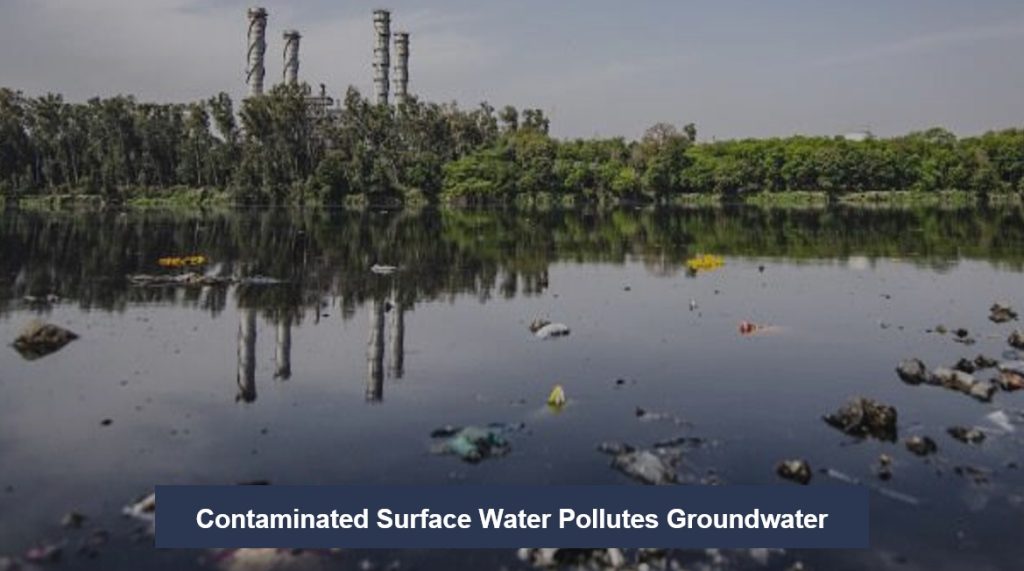 Traditionally, the water cycle took care of the supply of fresh water to the living world on land, including its purification by natural means. However, increase in population and industries have led to huge increase in water demand and also created massive water pollution. Nature’s water cycle is grossly insufficient to meet these needs. This puts pressure on our water sources, while at the same time degrades them. Waste water management is a critical need, alongwith water conservation, to meet these challenges.
Traditionally, the water cycle took care of the supply of fresh water to the living world on land, including its purification by natural means. However, increase in population and industries have led to huge increase in water demand and also created massive water pollution. Nature’s water cycle is grossly insufficient to meet these needs. This puts pressure on our water sources, while at the same time degrades them. Waste water management is a critical need, alongwith water conservation, to meet these challenges.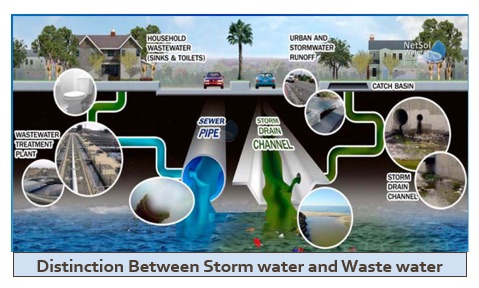 A related problem is stormwater management, which manages the vast amount of water brought by rainfall during the monsoon months across the country. It is becoming increasingly clear that the current system of trying to collect and carry the stormwater over large distances is dysfunctional. Isn’t it ironical that, in most places, due to stagnation on ground for many hours or days, as well frequent mixing with sewage water, we manage to convert the pure rainwater given by nature into contaminated and polluted water and then we add it to our water bodies? We are all aware of the diseases this brings on every monsoon. The solution is actually available in the Rainwater Harvesting technology. RWH systems have been traditionally used over centuries, and modern adaptations can easily enable us to use such systems to collect a major part of rainwater from roof as well as surface and recharge groundwater. In addition to the well known increase in water availability, RWH is a better way of managing “stormwater”, before it becomes dirty. RWH systems can vastly reduce the water overflow on ground, and thus reduce the substantial stormwater drain capital and operational expenses of our local government bodies.
A related problem is stormwater management, which manages the vast amount of water brought by rainfall during the monsoon months across the country. It is becoming increasingly clear that the current system of trying to collect and carry the stormwater over large distances is dysfunctional. Isn’t it ironical that, in most places, due to stagnation on ground for many hours or days, as well frequent mixing with sewage water, we manage to convert the pure rainwater given by nature into contaminated and polluted water and then we add it to our water bodies? We are all aware of the diseases this brings on every monsoon. The solution is actually available in the Rainwater Harvesting technology. RWH systems have been traditionally used over centuries, and modern adaptations can easily enable us to use such systems to collect a major part of rainwater from roof as well as surface and recharge groundwater. In addition to the well known increase in water availability, RWH is a better way of managing “stormwater”, before it becomes dirty. RWH systems can vastly reduce the water overflow on ground, and thus reduce the substantial stormwater drain capital and operational expenses of our local government bodies.
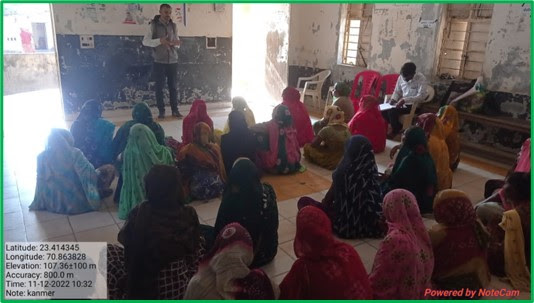
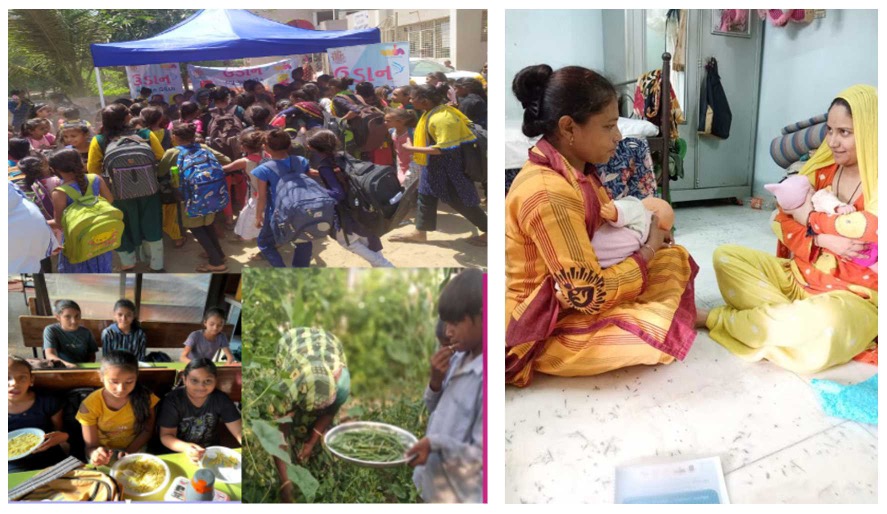
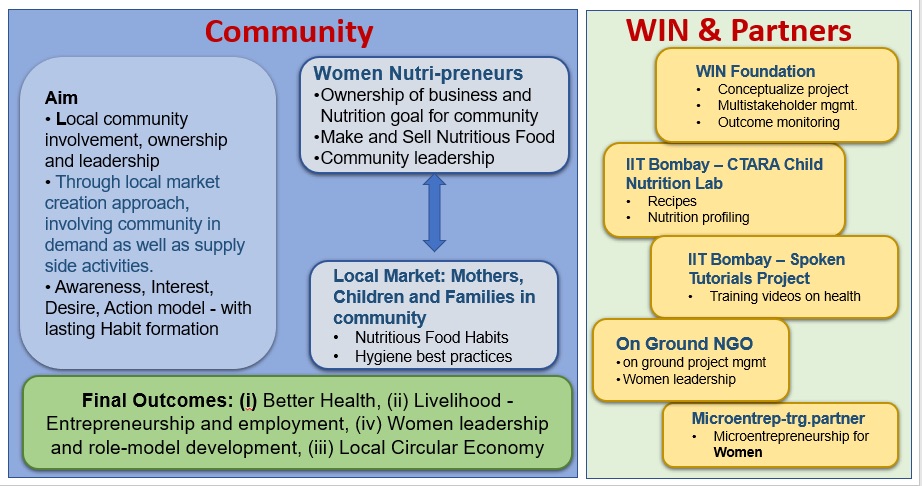

 The distribution of undernourishment is heterogeneous across the country. Interestingly, while the prevalence of stunting and underweight in children has decreased over the past 5 years, the total number of anaemic individuals has increased. These trends could be attributed to macro- and micronutrient intake with fewer than 1/3rd of all women consuming adequate amounts of both. Consumption of macronutrients in the form of carbohydrates and proteins is consistently below the recommended dietary allowance (RDA) levels prescribed by the Indian Council for Medical Research (ICMR). The household consumption of micronutrients in the form of vitamins and minerals such as iron ranges from inadequate to severely deficient. Iron deficiency is associated with the majority of anaemia prevalent in India. A mind-boggling 67% of children in 2019-21 had varying degrees of anaemia, an increase of 8% from 2015-16.
The distribution of undernourishment is heterogeneous across the country. Interestingly, while the prevalence of stunting and underweight in children has decreased over the past 5 years, the total number of anaemic individuals has increased. These trends could be attributed to macro- and micronutrient intake with fewer than 1/3rd of all women consuming adequate amounts of both. Consumption of macronutrients in the form of carbohydrates and proteins is consistently below the recommended dietary allowance (RDA) levels prescribed by the Indian Council for Medical Research (ICMR). The household consumption of micronutrients in the form of vitamins and minerals such as iron ranges from inadequate to severely deficient. Iron deficiency is associated with the majority of anaemia prevalent in India. A mind-boggling 67% of children in 2019-21 had varying degrees of anaemia, an increase of 8% from 2015-16. Over the past two decades, codification of food safety norms in the country and alignment with global standards such as in labelling of packaged foods have gradually improved consumer confidence. One example of enlightened food manufacturing is the fortification of packaged grains, cereals and oils with micronutrients such as vitamins and minerals. Further, the Indian government has announced that all rice distributed under public food security schemes will be fortified with iron and folic acid by 2024. In spite of these positive developments, two key aspects of food entrepreneurship and manufacturing need to be rejuvenated.
Over the past two decades, codification of food safety norms in the country and alignment with global standards such as in labelling of packaged foods have gradually improved consumer confidence. One example of enlightened food manufacturing is the fortification of packaged grains, cereals and oils with micronutrients such as vitamins and minerals. Further, the Indian government has announced that all rice distributed under public food security schemes will be fortified with iron and folic acid by 2024. In spite of these positive developments, two key aspects of food entrepreneurship and manufacturing need to be rejuvenated.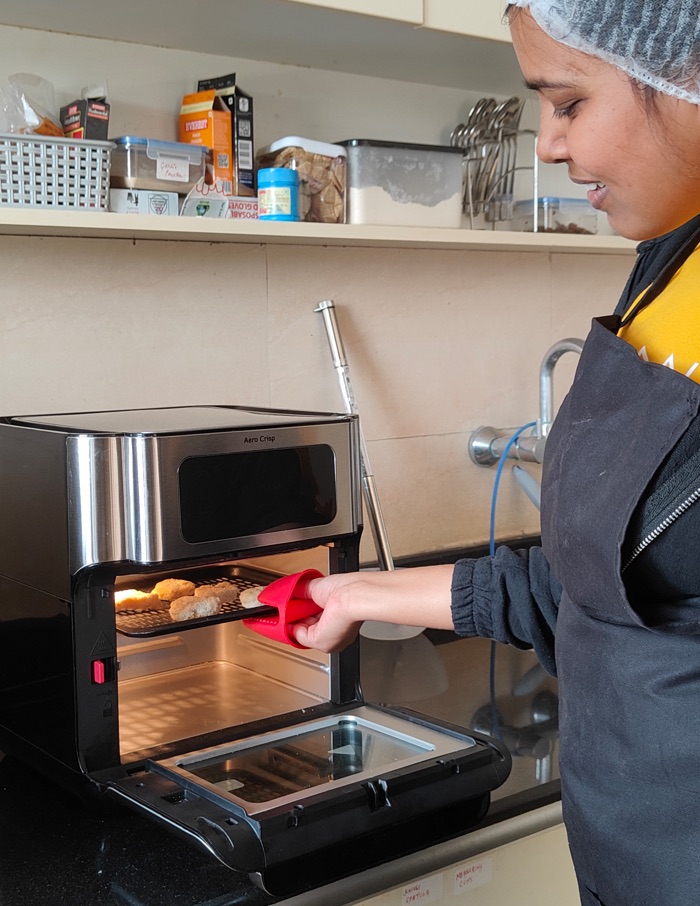 Large numbers of women in such socio-cultural contexts manage the food habits of their entire family. Training women microentrepreneurs in the art of assimilating scientific inputs is likely to amplify good health practices in their immediate families. Second, entrepreneurial efforts emerging from economically affluent sections need to be inclusive of customers from across all economic backgrounds. It is not uncommon to see a child of migrant labourers living significantly below poverty line eating a bag of purchased branded potato chips. If this kid can be happier, eating a similarly purchased bag of ‘health food’ with suitable amounts of protein and iron, it would signal a successful convergence of food safety and nutrition. Both of the above aspects require deep and pro-active engagement of food scientists and professionals. These could be further facilitated by academic and research institutions that identify challenges faced by the entrepreneurs as possibilities for collaborative problem-solving.
Large numbers of women in such socio-cultural contexts manage the food habits of their entire family. Training women microentrepreneurs in the art of assimilating scientific inputs is likely to amplify good health practices in their immediate families. Second, entrepreneurial efforts emerging from economically affluent sections need to be inclusive of customers from across all economic backgrounds. It is not uncommon to see a child of migrant labourers living significantly below poverty line eating a bag of purchased branded potato chips. If this kid can be happier, eating a similarly purchased bag of ‘health food’ with suitable amounts of protein and iron, it would signal a successful convergence of food safety and nutrition. Both of the above aspects require deep and pro-active engagement of food scientists and professionals. These could be further facilitated by academic and research institutions that identify challenges faced by the entrepreneurs as possibilities for collaborative problem-solving.
